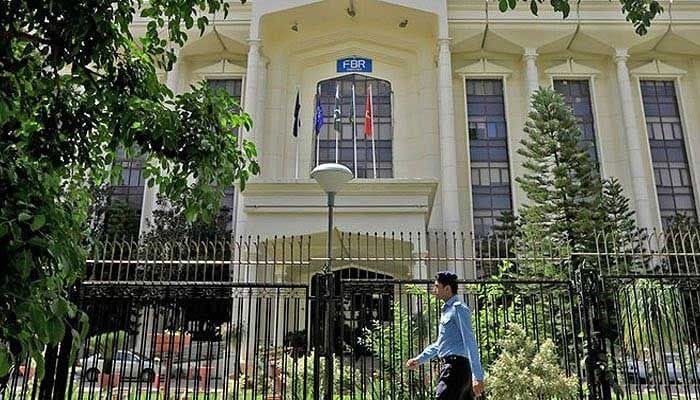McLaren have experienced an extraordinary turnaround in their Formula 1 fortunes over the last few years, going from the rear of the field at the start of the 2023 season to earning back-to-back Teams’ Championship titles in 2025. F1.com charts…
Blog
-

Rare supermoon illuminates sky over Jersey
Sky-watchers across Jersey were treated to a supermoon on Tuesday night.
A supermoon appears brighter and larger than other full moons in the evening sky and occurs when the Moon is at its closest point to the Earth.
The term was first coined in…
Continue Reading
-

Taylour Paige Knows the Power of a Pointy Toe—and Puts Thom Browne To Work
Taylour Paige felt good putting on her exquisitely tailored Thom Browne trench for the American designer’s spring 2026 show at Paris Fashion Week. She was even more amped up by the “glorious” Thom Browne team’s reaction.
“I just loved…
Continue Reading
-

Lakshya Sen crashes out in first round again
India’s Lakshya Sen suffered a first-round exit at the Arctic Open 2025 after a straight-game defeat in the men’s singles badminton event in Vantaa, Finland, on Wednesday.
Competing at the Energia Areena against world No. 11 Kodai Naraoka of…
Continue Reading
-

Nicole Kidman divorce: Did Nicole Kidman’s racy roles lead to her split with Keith Urban? Reports claim the singer was unhappy
Nicole Kidman is reportedly feeling betrayed and shattered by the sudden end of her 19-year marriage to Keith Urban, but insiders say the marriage had been a showmance for some time. An insider told National Enquirer said, “He was tired of…Continue Reading
-

Alpine ‘nowhere near where we should be’ says Pierre Gasly after team fails to score in Singapore
Pierre Gasly was frank in his assessment of how the Singapore Grand Prix went for Alpine after the Frenchman finished near the back of the pack in 19th place. With Franco Colapinto only 16th, this was the fifth race weekend in a row Alpine have…
Continue Reading
-
Govt considers replacing Azad Kashmir PM Chaudhry Anwarul Haq – samaa tv
- Govt considers replacing Azad Kashmir PM Chaudhry Anwarul Haq samaa tv
- Prime Minister of Azad Jammu and Kashmir, Chaudhary Anwar ul Haq and Federal Minister for Parliamentary Affairs, Dr. Tariq Fazal Chaudhary holding a presser. APP/TZD
Continue Reading
-

Taylor Swift reveals key detail about engagement announcement
Travis Kelce and Taylor…
Continue Reading


